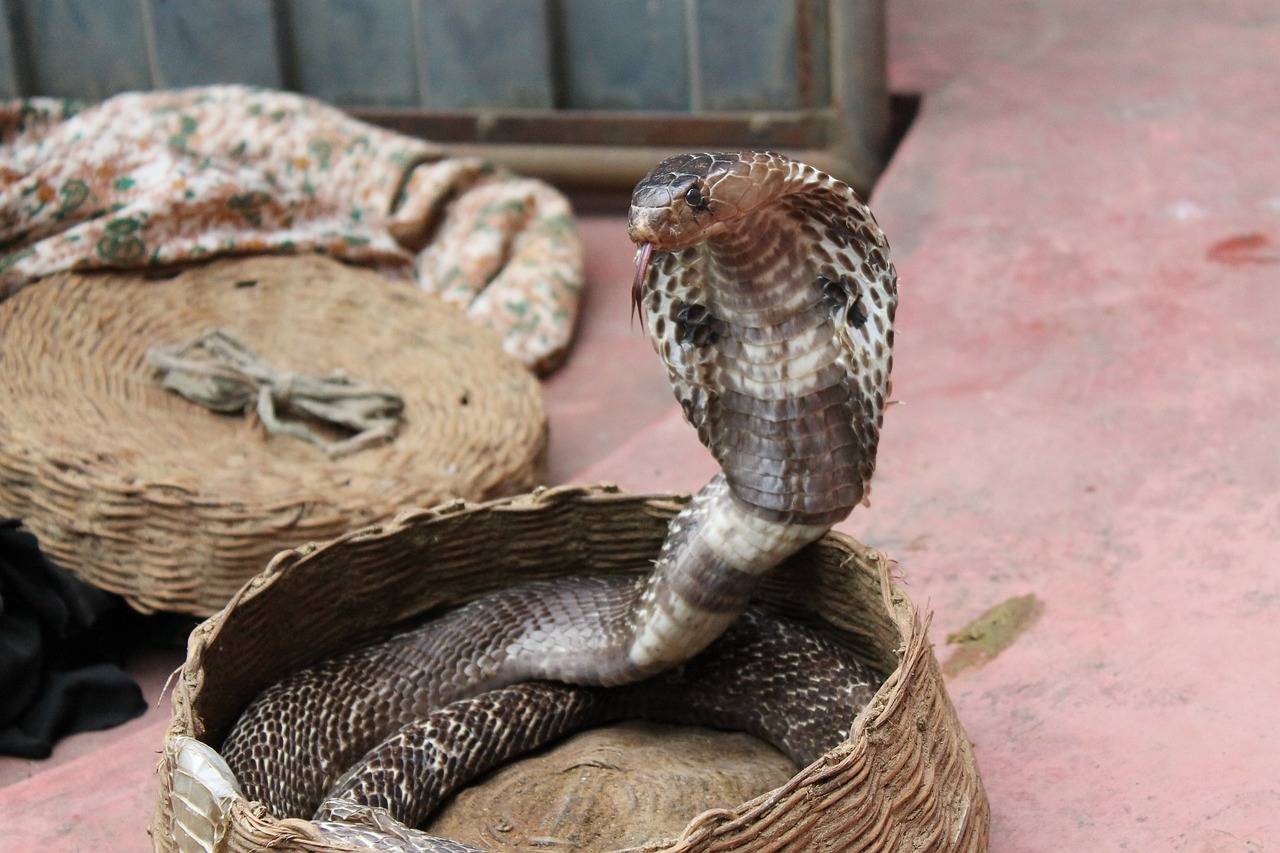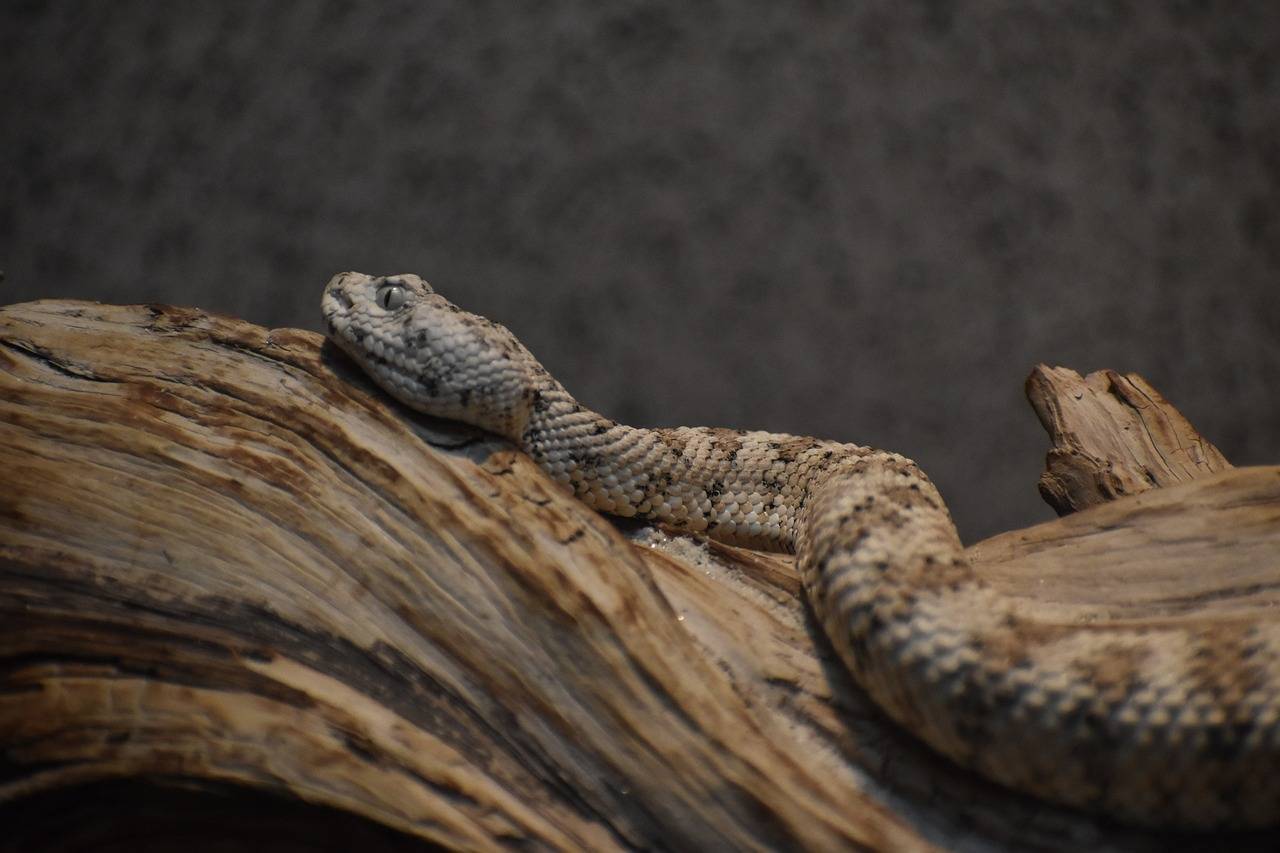Introduction
The Panamint Rattlesnake (Crotalus stephensi) stands as a testament to the marvels of biodiversity in the animal kingdom. Found in the rugged terrains of the Panamint Mountains, this snake species captivates enthusiasts and researchers alike.
Our post, we will embark on a journey to unravel the mysteries surrounding the Panamint Rattlesnake, exploring its habitat, distinctive features, behavior, and the crucial efforts undertaken for its conservation.
Habitat and Geographic Range
A Glimpse into the Panamint Mountains
Nestled within the confines of California, the Panamint Mountains provide a unique habitat for the Panamint Rattlesnake. These snakes are particularly adapted to the rocky slopes and crevices, demonstrating a remarkable ability to thrive in challenging environments.
The elevation and climate of the Panamint Mountains contribute to the snake’s distinct characteristics.
Physical Characteristics
Panamint Rattlesnake’s Features
The Panamint Rattlesnake showcases a blend of colors that serve as effective camouflage in its rocky habitat. Its patterned scales, ranging from light brown to grayish hues, mirror the surrounding terrain, providing the snake with a natural advantage in both hunting and avoiding predators.
One of the most distinctive features is its rattle, located at the tip of the tail. This rattle serves as a warning mechanism, alerting potential threats to the snake’s presence. The number of rattles, while not directly indicative of age, can give insights into the snake’s shedding cycles and general health.
Behavior and Diet
Survival Strategies in the Wild
Panamint Rattlesnakes are primarily nocturnal hunters, utilizing their keen sense of smell to locate prey. Small animals, birds, and occasionally other reptiles make up their food. Despite their venomous nature, these snakes are not inherently aggressive and will typically resort to rattling as a warning before striking.
Understanding the behavioral patterns of the Panamint Rattlesnake is essential for both researchers and enthusiasts. This knowledge aids in fostering coexistence and implementing safety measures to protect both humans and the snakes in their natural habitat.
Conservation Challenges and Efforts
Panamint Rattlesnake’s Future
As with many species, the Panamint Rattlesnake faces challenges in the form of habitat loss, climate change, and human-animal conflicts. Conservation efforts are crucial to maintaining the delicate balance of ecosystems and ensuring the survival of this unique species.
Researchers and conservationists are actively engaged in studying the ecology of Panamint Rattlesnakes, implementing habitat protection measures, and educating local communities on cohabitation strategies.
The delicate dance between humans and these snakes is an ongoing effort, where understanding and awareness play pivotal roles.
Adaptations
The Panamint Rattlesnake has evolved to perfection in response to the challenging conditions of its habitat. Let’s delve deeper into the intricacies of its adaptations.
Thermoregulation Mastery
The rocky slopes and crevices of the Panamint Mountains expose the snake to fluctuating temperatures. To cope with this, the Panamint Rattlesnake has developed remarkable thermoregulation abilities. It can bask in the sun to raise its body temperature or seek shelter in crevices to cool down, ensuring optimal physiological functioning.
Venomous Arsenal for Survival
Venom serves a dual purpose for the Panamint Rattlesnake – it aids in subduing prey and acts as a deterrent against potential threats. The composition of the venom is a testament to the precision of evolution, finely tuned to match the snake’s ecological niche.
The Panamint Rattlesnake’s Contribution to Ecosystem Dynamics
Biodiversity in Action
As a predator within its ecosystem, the Panamint Rattlesnake plays a crucial role in regulating the populations of small mammals and birds. By preying on these Species, the snake helps maintain ecological balance, preventing overpopulation of certain organisms that could otherwise disrupt the delicate harmony of the ecosystem.
Understanding the interconnectedness of species within an ecosystem sheds light on the importance of preserving each component. The Panamint Rattlesnake, in its role as a predator, contributes to the overall health and sustainability of the Panamint Mountains’ ecosystem.
Unique Reproductive Strategies
The Circle of Life: Panamint Rattlesnake Style
Reproduction is a fascinating aspect of the Panamint Rattlesnake’s life cycle. Unlike some other reptiles, these snakes give birth to live young rather than laying eggs.
This viviparous reproductive strategy allows for increased survival rates, as the mother can provide protection and care to her offspring.
The reproductive behavior of Panamint Rattlesnakes is an area of ongoing research, offering insights into the intricacies of their mating rituals and the factors influencing successful reproduction in their challenging environment.
Citizen Science and Panamint Rattlesnake Conservation
Engaging the Community for a Shared Purpose
Conservation efforts go beyond the realm of researchers and scientists. Citizen science initiatives empower local communities to actively participate in monitoring and protecting the Panamint Rattlesnake population.
Educational programs, guided snake-watching tours, and community involvement in habitat restoration projects all contribute to fostering a sense of responsibility and appreciation for the ecological importance of these snakes.
By engaging the community, conservationists ensure a sustainable future for both the Panamint Rattlesnake and its habitat.
Panamint Rattlesnake Diet
The primary component of the Panamint Rattlesnake’s diet consists of small mammals. Mice, rats, and other rodents are not only abundant in the rocky crevices of the Panamint Mountains but also provide a nutrient-rich source of sustenance for these snakes.
The rattlesnake’s ambush hunting strategy allows it to patiently await the opportune moment to strike and secure a meal.
Conclusion
In conclusion, the Panamint Rattlesnake stands as a remarkable example of adaptation and survival in the face of environmental challenges. This blog post has provided a glimpse into the world of these enigmatic reptiles, exploring their habitat, physical characteristics, behavior, and the pressing need for conservation.
As we delve into the intricate details of the Panamint Rattlesnake’s existence, let us remember the importance of coexistence and the role we play in preserving the biodiversity of our planet.




